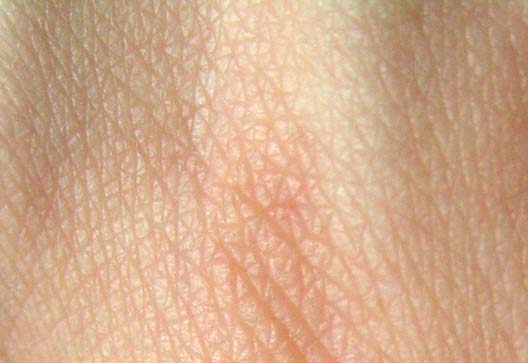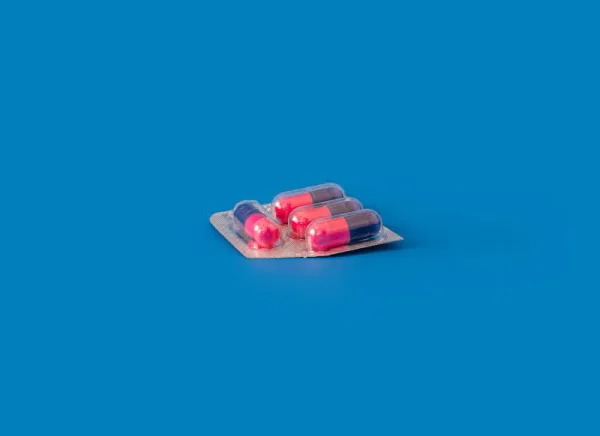Reminder: Ozempic face isn't real
Ozempic face isn't real -- fast weight loss causes changes to the skin, and your face is a prime area that will change.

Ozempic has become the face of GLP1 Receptor Agonist drugs – and that face is getting more and more famous for being noticeably gaunt.
Check out our quick explainer
At this point, many people heard of the term "Ozempic face", and there may still be some people who may think that it's a specific result of using Ozempic (as opposed to going on a crash diet).
Well, we're here to remind you that Ozempic face isn't real. It's the result of losing weight loss rapidly – there just haven't been widely used, effective, safe ways to do that up until now.
What can you do about "Ozempic face"?
If you're on GLP1s and are worried about Ozempic face, the simple, common-sense thing to do is to lower your dosage or stay at a lower dosage for longer if approved by a primary care physician/medical professional.
Put simply, if the problem is that weight loss is too rapid, the simple solution (though some might not like it) is slowing down the pace of weight loss, and possibly changing lifestyle/doing other exercises that help prepare your body for more gradual change.
Remember, your skin is an organ (the largest one at that):


Risks to loose skin on GLP1s?
Do GLP1s do more than cause you to lose weight?
Plastic surgeons are saying that GLP1s ("Ozempic") is actually changing the skin of people who take it:

The important bit is that the skin looks to actually be slightly differently, noticing more "stretching":
While operating on Ozempic patients, Dr. Few started to notice a trend: The skin quality of someone on a GLP-1 was reminding him of an “old, overused rubber band.” Mark Mofid, MD, a board-certified facial plastic surgeon in San Diego and La Jolla, makes a similar comparison—it’s like the elastic waistband on a pair of underwear that has stretched out over time.
Another Doctor specializing in facelifts noted that
Dr. Diamond, who specializes in facelift surgeries, has noticed the SMAS layer is “definitely thinner and weaker” on people who have been using GLP-1s for weight loss. (SMAS is an acronym for subcutaneous musculoaponeurotic system, a layer of connective tissues that supports the face.) Usually, the SMAS thins naturally as you get older, which can contribute to facial aging, like sagging around the cheeks, according to a study published in Aesthetic Surgery Journal Open Forum. And if an Ozempic patient has plans to become a facelift patient, it’s worth noting that the SMAS layer is also essential for natural-looking results. “The success of the facelift is really based on the strength of the muscle layer,” says Dr. Diamond. “You’re not pulling out the skin and using that to get the lift. The muscle layer being thin can definitely affect facelift results.”
Other than being good news for plastic surgeons, this seems to be a burgeoning negative side effect of GLP1s that is under discussed.
That said, it's not clear whether this is simply an effect of massive fast weight loss – there don't seem to have been comparative studies, mostly because it's hard to find something that will produce the same effects of GLP1s.
This trend is definitely worth following though, but without more concrete evidence, anecdotal data from experts is the best we have to go on.
Harvard Health does lay on the side of this being a general rapidweight loss side effect:

In particular:
You may have heard about "Ozempic face" as a side effect of GLP-1 drugs, though the term is misleading because this can be a side effect of any GLP-1 drug or any other cause of rapid weight loss.
For now, the most important thing remains to remember that the characterization of "Ozempic face" or "Mounjaro face" is not real – it's simply a side-effect of the drugs doing what they're supposed to do, quite effectively.






